
What do diagnosticians focus on when checking a car for a technical inspection?
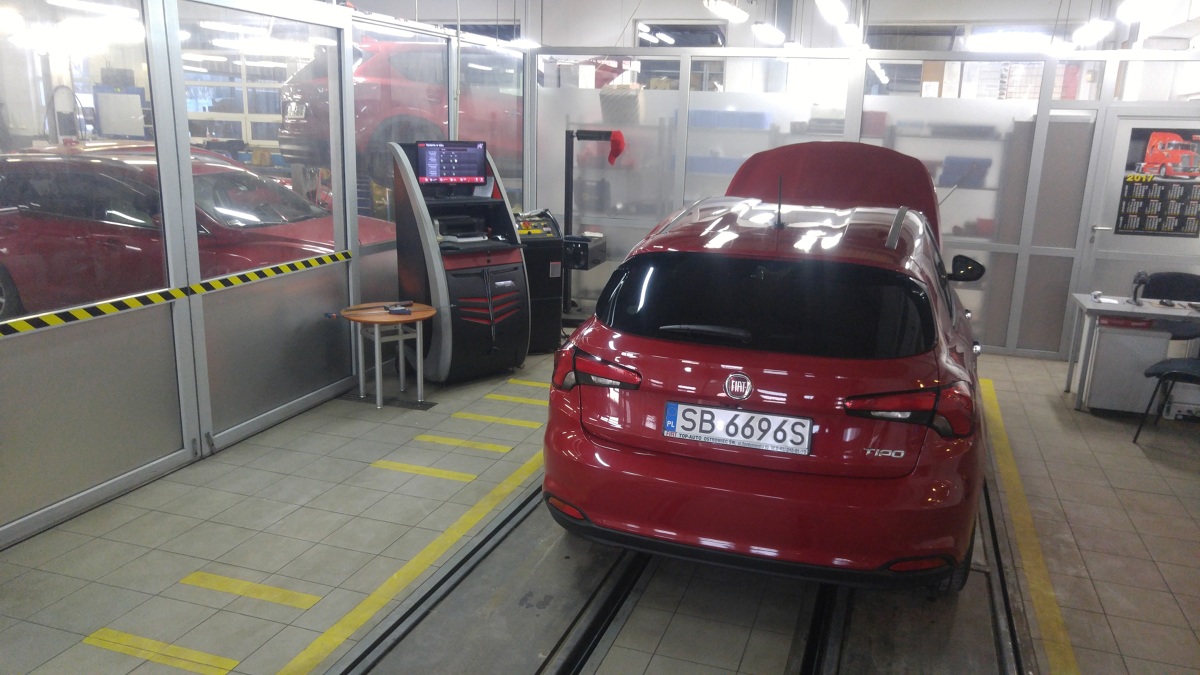 In order to be able to move off-road, the car must be in perfect technical condition. That is why each vehicle must be regularly registered at the Technical Inspection Point (SKP). Here are the conditions for such a visit to be stress-free and end with a stamp in the registration certificate.
In order to be able to move off-road, the car must be in perfect technical condition. That is why each vehicle must be regularly registered at the Technical Inspection Point (SKP). Here are the conditions for such a visit to be stress-free and end with a stamp in the registration certificate.
It is always worth starting with a definition, because many drivers confuse the basic concepts related to maintaining their car in good condition. An inspection (mechanical or periodic) is a visit to the workshop for periodic maintenance, consisting in the replacement of fluids and used consumables. During the inspection, mechanics also check (or at least should) whether the car is technically sound and if it needs urgent repairs.
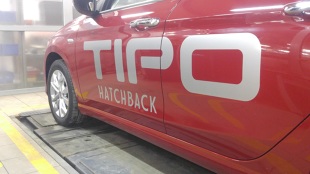 A technical inspection is a kind of check that the driver maintains his vehicle properly and that the mechanics who carried out the inspection have done their job properly from a road safety point of view. Thus, the legislator tries to ensure that all vehicles admitted to traffic are in a technical condition that does not pose a threat to passengers and other road users. In addition, the vehicle is identified and mandatory additional equipment is checked, which for passenger cars includes a fire extinguisher (min. 1 kg, aircraft type) and a warning triangle.
A technical inspection is a kind of check that the driver maintains his vehicle properly and that the mechanics who carried out the inspection have done their job properly from a road safety point of view. Thus, the legislator tries to ensure that all vehicles admitted to traffic are in a technical condition that does not pose a threat to passengers and other road users. In addition, the vehicle is identified and mandatory additional equipment is checked, which for passenger cars includes a fire extinguisher (min. 1 kg, aircraft type) and a warning triangle.
A technical inspection is mandatory for all registered vehicles regularly plying on our roads, with the exception of light trailers. For passenger cars, the first test must be carried out within three years from the date of first registration, the next - within the next two years and each subsequent test - no later than one year after the previous one. This rule does not need to be remembered, the end date of the next periodic technical inspection is always indicated in the registration document. After this date, the vehicle loses the right to drive on the road, as it is considered inoperative. An exception to this rule are retro cars not used for commercial passenger transport, for which the legislator has provided for one technical test before registration, exempting them from the need for additional tests. The cost of a technical inspection is set by law and for cars in the base amount is PLN 98.
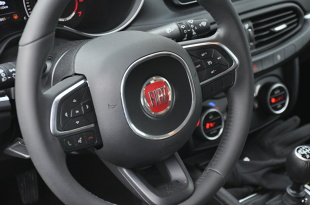 If, during a routine inspection, the police discover that there is no valid technical inspection, the police officer is obliged to keep the registration document. The driver receives a temporary permit (7 days) to pass the inspection, but can also be fined. A week is not much, especially if it needs proper repairs. A big penalty can be a refusal to pay compensation in the event of an accident or a reduction in the amount. The latest idea is to double the fee for the "forgetful" and send them to special inspection points, the so-called Vehicle Inspection Station (CTT). There will be only sixteen of them in the whole country. This is due to the fact that every fifth driver is late for inspection. As you can see, there are a number of reasons why you should not underestimate the date of the next inspection.
If, during a routine inspection, the police discover that there is no valid technical inspection, the police officer is obliged to keep the registration document. The driver receives a temporary permit (7 days) to pass the inspection, but can also be fined. A week is not much, especially if it needs proper repairs. A big penalty can be a refusal to pay compensation in the event of an accident or a reduction in the amount. The latest idea is to double the fee for the "forgetful" and send them to special inspection points, the so-called Vehicle Inspection Station (CTT). There will be only sixteen of them in the whole country. This is due to the fact that every fifth driver is late for inspection. As you can see, there are a number of reasons why you should not underestimate the date of the next inspection.
The average technical condition of vehicles moving on our roads has improved significantly in recent years. However, still about 15% of vehicles entering the SPC do not undergo periodic technical inspection. In the vast majority of cases, this is due to neglect of proper maintenance, i.e. drivers are to blame. In order to avoid unpleasant surprises and races against a receipt, it is best to schedule a visit to the workshop before the technical inspection, ordering a car inspection in connection with this.
Car interior
The check begins with the entrance to the test stand, but before the diagnostician descends into the canal (or lifts the car on a lift), he inspects the interior of the car. There should not be much play on the steering wheel, and there should be no lights on the dashboard indicating a serious malfunction, such as the ABS system or gas bag. The fastening of the seats is also checked, which should not be rusty, as well as the places where the seat belts are fastened.
Chassis, i.e. driving safety
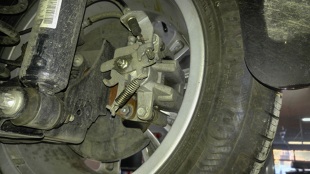 The study covers a number of issues, but the most important ones are related to driving safety. There are several key components in the chassis that should be checked by a diagnostician. These include the braking system, suspension, steering, tires, as well as the supporting elements of the car.
The study covers a number of issues, but the most important ones are related to driving safety. There are several key components in the chassis that should be checked by a diagnostician. These include the braking system, suspension, steering, tires, as well as the supporting elements of the car.
The braking system is carefully checked. The diagnostician is obliged to visually check the condition of the friction linings and brake discs - their surface must be smooth and without cracks. Brake hoses must also be in good condition, soft hoses must not fog up, hard hoses must not be badly corroded. When tested on an appropriate stand, the operability of the brake system is checked, the difference between the wheels of a given axle should not exceed the allowable values, the auxiliary brake must be in good condition.
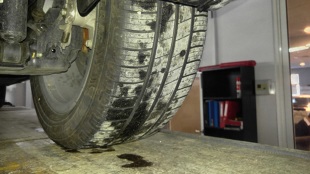 Suspension is another important element controlled during the so-called jerk. Thus, excessive play is detected. You must understand that it's not only about our comfort, heavily knocked out rocker fingers can come off while driving, which can end tragically. Worn bushings or bearings also require repair. The diagnostician also checks the condition of the springs for cracks and the absence of leaks in the shock absorbers.
Suspension is another important element controlled during the so-called jerk. Thus, excessive play is detected. You must understand that it's not only about our comfort, heavily knocked out rocker fingers can come off while driving, which can end tragically. Worn bushings or bearings also require repair. The diagnostician also checks the condition of the springs for cracks and the absence of leaks in the shock absorbers.
As already mentioned, there should not be excessive play on the steering wheel or knocks in the steering system. The condition of the ends of the steering rods is checked under the car. As is the case with suspension mounts, their condition directly affects our safety. The diagnostician is obliged to check the condition of the tires, the minimum tread depth is 1,6 mm, the tires must not have cracks. Tires with the same tread structure must be mounted on the same axle.
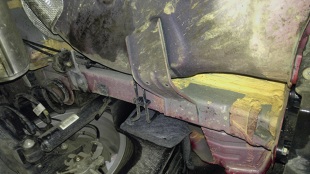 In older cars, there is a problem of rust in the undercarriage, which is most dangerous for the bearing elements of the car. Rusty sills, stringers or, for example, a frame in the case of SUVs are a serious problem that can render our car unusable.
In older cars, there is a problem of rust in the undercarriage, which is most dangerous for the bearing elements of the car. Rusty sills, stringers or, for example, a frame in the case of SUVs are a serious problem that can render our car unusable.
An important item on the checklist is to check for leaks in major vehicle components. A little sweating does not pose a risk for passing the test, but if the leaks are serious or the diagnostician determines that they may threaten driving safety in the near future, he may give a negative score. The exhaust system is the last part of the chassis to be inspected. Surface rust is acceptable, but a rusty muffler or holes in the pipes will prevent the test from being passed.
